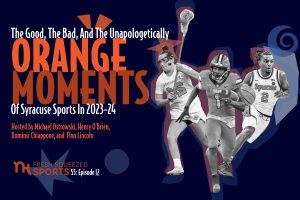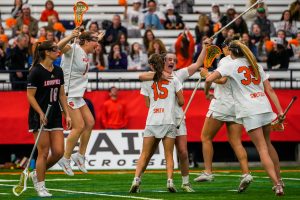Diwali celebrations bring laughter and light to the Orange Grove
Diwali celebrations light up Orange Grove
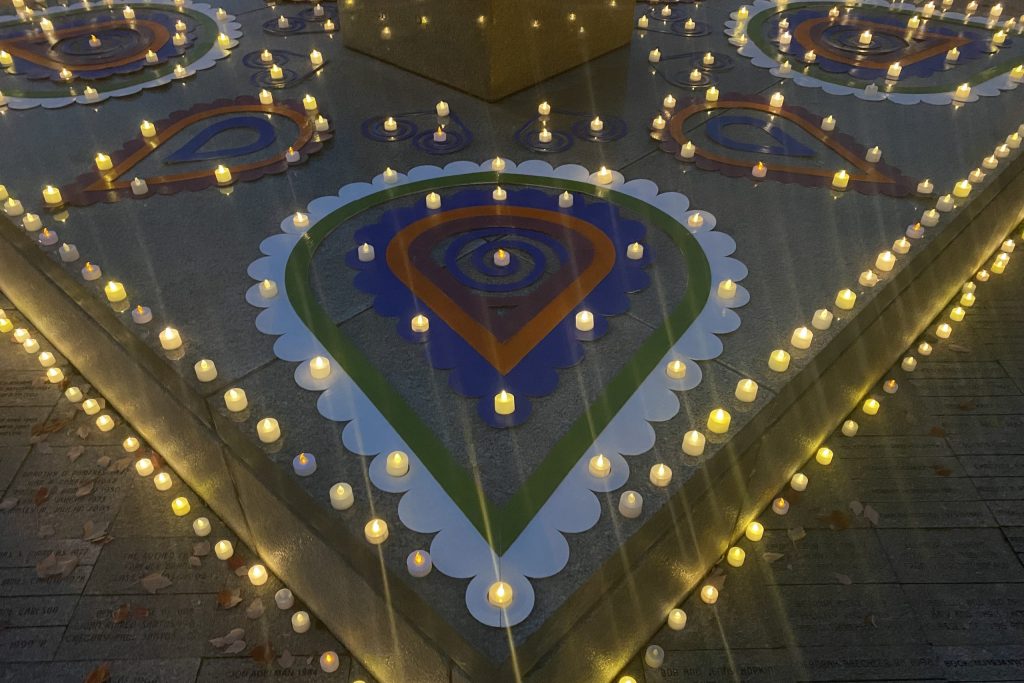
On Monday night, the Orange Grove was transformed with art displays and candlelight as members of the Syracuse University community gathered to celebrate Diwali, the Hindu festival of light.
Professor Romita Ray has organized the event over the years, and this year marks the sixth celebration on SU’s campus. Ray says her favorite part of the festivities is how it brings people together and creates “a lot of positive energy on campus and a lot of joy.”
The celebration is a collaborative effort between the Syracuse chapter of the National Organization of Minority Architecture Students (NOMAS) and students enrolled in Art & Architecture of India. Sofia Gutierrez, a fourth-year architecture student and vice president of NOMAS, helped create the three different rangolis or ancient Indian folk art, to showcase for the celebration. This is an increase from last year’s single display.
“It was a really, really fun process, like a whole start to finish, just spray painting and literally taping things together bit by bit,” she said.
Rangolis are typically created for celebrations, and are made using chalk and colorful powders. They often make up geometric patterns, floral designs or religious symbols. As the sun set, dozens of lit candles lined the designs and illuminated the Orange Grove.
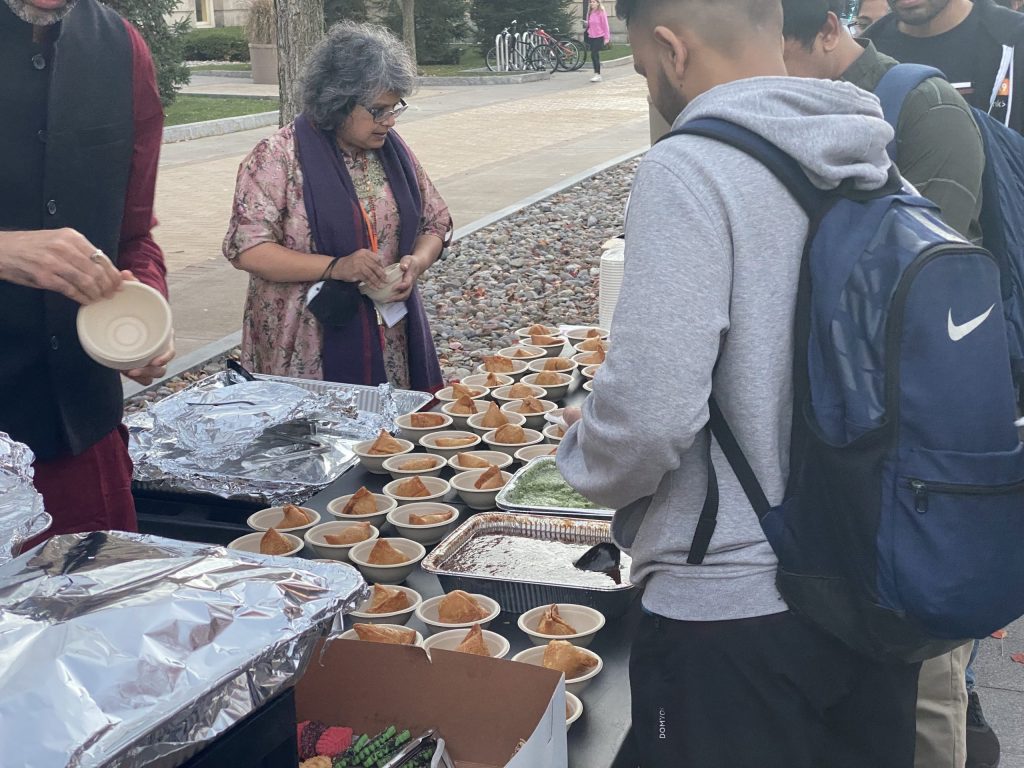
Professor Romita Ray and other organizers served samosas to hungry students during the celebration.
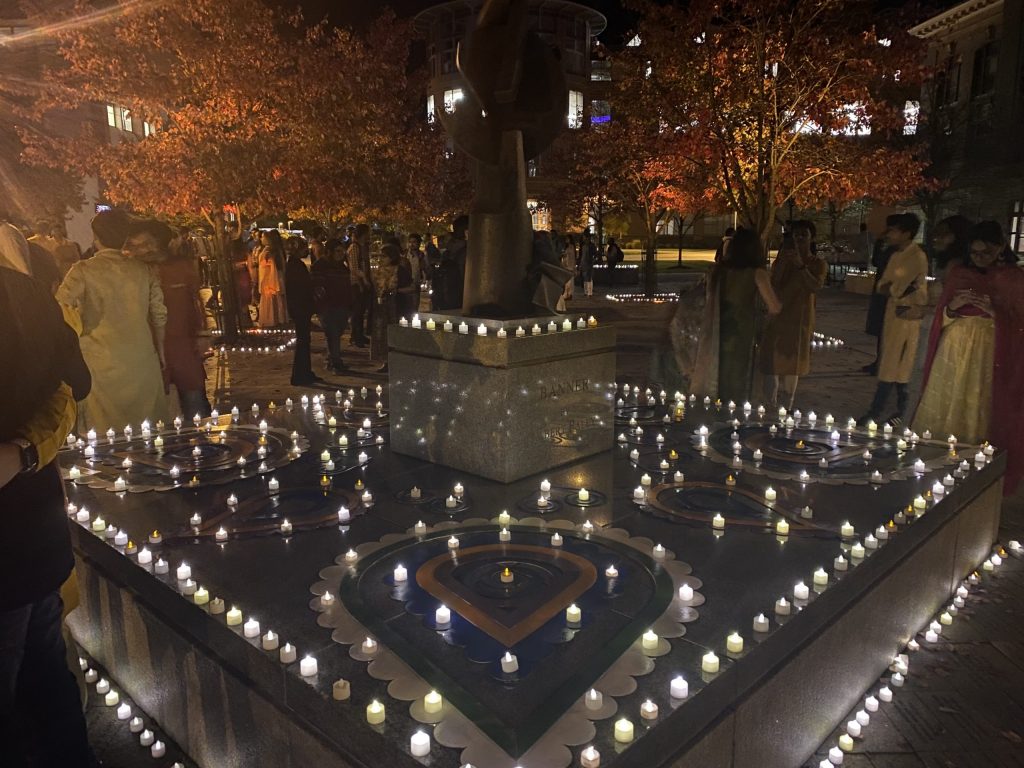
The event was a collaborative effort from the National Organization of Minority Architecture Students (NOMAS) and students enrolled in Art and Architecture of India.
In addition to the lights and colorful decor, Ray and other organizers served samosas to long lines of hungry students.
The entire set-up created an atmosphere of community that many attendees said was their favorite part of the celebration.
“It’s really giving room for culture to grow within these communities, but also for random people who don’t know what this is to wander in and just see what’s happening and ask about it and learn a little bit more about their culture too,” Gutierrez said.
SU sophomore Alekhya Rajasekaran agreed and added that while it wasn’t the same as the celebrations she experienced at home, it was nice that “everyone gets involved.”
“I think this just provides a nice way for graduate students and undergraduate students to feel as if they celebrated it just when they’re walking and like it’s in their lives no matter what,” she said.
While Diwali is a Hindu festival, people from all faiths and backgrounds are welcome to attend, and the lights, food, and colorful displays in a location as central as the Orange Grove often attract students passing by, according to Ray.
“Lots of people come by and they ask what’s going on, what is this about?” Ray said. “So over the years, we’ve had a lot of curiosity about Diwali.”
Abdoul Malik Abdoul Moumine is a graduate student studying marketing, and the Orange Grove celebration was his first time celebrating Diwali. He has many friends in his program who celebrate, and he enjoys learning about cultures different from his own. He enjoyed everything about his first Diwali celebration — especially the samosas — and noted how it illustrated “the power of community.”
“Community isn’t only people who look like you or come from a similar culture like you,” Moumine said. “You can build community anywhere with people who are genuinely curious and respect your differences.”



